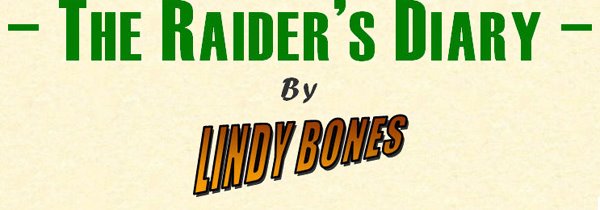The 2007 dinosaur dig was conducted by an international team under the direction of Dr. Ben Pabst from the Aathal Dinosaur Museum. Apart from the Swiss, the team of about a dozen paleontologists included Dutch researchers from the National Museum of Natural History in Leiden, Netherlands (which financed the dig) as well as German colleagues from the Bonn University. > Overview of the main site in the Frick Clay Pit.
> Overview of the main site in the Frick Clay Pit.
The dig lasted from may through october and was very successful. That spring, by chance, an amateur paleontologist had discovered a new outcrop on a building site roughly one kilometre (three quarters of a mile) from the Frick Clay Pit. So the dig actually included two separate sites; the main site in the Frick Clay Pit which covered about 500 square metres (4500 square feet) and the building site which covered about 50 square metres (450 square feet).
The two outcrops yielded two specimen each; one very complete speciment from the building site (dubbed "Monica") and one very large animal of 7 to 8 metres (21 to 24 feet, dubbed "Thunder") from the main site. This latter find represents the largest skeleton found in Frick to date. Noteably, the 2007 dig also provided many articulated hands, a find that is rather rare and which is of some importance for the study of the anantomy of these dinosaurs. Ben Pabst remarked that we had actually found more (articulated) hands that year than in the 30 previous years combined. > An articulated lower arm and hand of a plateosaur.
> An articulated lower arm and hand of a plateosaur.
The excavation at the building site proved to be somewhat interesting; the strata on this site stand at an angle of approximately 70° and are thus going rapidly deeper below the foundation of what was to become a family home. As this was a building site, we only got a short time to unearth the fossils; at one point towards the end, the building site got flooded due to a summer thunderstorm. We had to organize for a water pump, a generator and some floodlights an had to finish the dig all through the night.
On both sites, the preservation of the bones proved to be excellent. The complete specimen from the building site is currently prepared and mounted and will be sent to Leiden this august, where it will be on display in the National Museum of Natural History. For some photos of the specimen, see this post.
> Fotos from the 2007 dinosaur dig in the triassic site of Frick, Switzerland. You can also watch the fotos as slideshow.
The 2007 dig made quite a splash in the international media which reported that the “largest dinosaur site of Europe“ with “hundreds“ or even “thousands“ of dinosaurs had been found. As usual however, the media misreported what had actually been said at a press conference and then one journal copied the story from another, further distorting it and so on.
What actually was said on the press conference was this: Based on 30 years of research in the main site, we can estimate that there is one skeleton to be found for every 100 square metres (roughly 1000 square feet). As there are now three known sites* in a 2.5 kilometre (1.5 mile) diametre around Frick, it can be speculated that the Frick area may have one of the largest accumulations of dinosaurs from this period in Europe. The problem though is that the concerning strata only crops out in few places in the area; so even if true, that doesn’t mean that hundreds of dinosaurs are going to be unearthed anytime soon (read: at all). > Getting the bones out.
> Getting the bones out.
Anyway; we got quite a lot of press coverage, many visitors and we were even visited by a Dutch camera team. Also, Martijn, one of our Dutch colleagues made a blog from the dig (not unlike the one you are currently reading).
(* The third site was discovered about 10 years ago by myself and yielded some plateosaur remains too. However, there never was any excavation on that site).



No comments:
Post a Comment